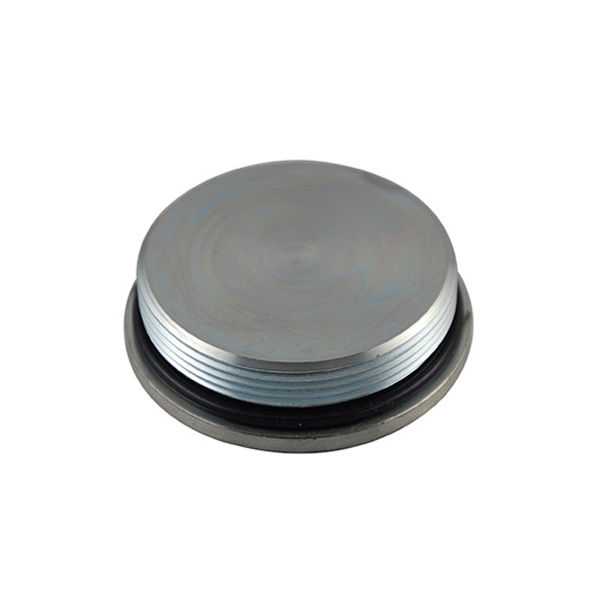

Contact us

Mechanical seal provides a sealing between a rotatable […]
Mechanical seal provides a sealing between a rotatable shaft and a housing. The seal has a stationary part for connection to the housing and a rotary part for rotation with the shaft. Mating sealing faces are carried by the stationary and rotary parts and the rotary parts are mounted on the drive shaft for rotation therewith. Each sealing face is held relatively stationary to their respective stationary or rotary part by means of at least one link member extending therebetween. The link member is arranged for at least limited longitudinal rotation.

A mechanical seal comprises a "floating" component Flat Face Seal which is mounted axially movably around the rotary shaft of, for example a pump and a static component which is axially fixed, typically being secured to a housing. The floating component has a flat annular end face, i.e. its seal face, directed towards a complementary seal face of the static component. The floating component is urged towards the static component to close the seal faces together to form a sliding face seal, usually by means of one or more springs. In use, one of the floating and static components rotates; this component is therefore referred to as the rotary component. The other of the floating and static components does not rotate and is referred to as the stationary component.
Those seals whose floating component is rotary are described as rotary seals. If the floating component is stationary, the seal is referred to as a stationary seal.If the sliding seal between the rotary and stationary components are assembled and pre-set prior to dispatch from the mechanical seal manufacturing premises, the industry terminology for this is cartridge seal.If however the rotary and stationary components are despatched individually (unassembled) from the mechanical seal manufacturing premises, the industry terminology for this is component seal.
Seal faces are generally held to their relevant stationary or rotary components by a mechanism that is called drive ring. One of the common mechanisms is the use of slots on the back of seal face and lugs on the drive ring or vice versa. FIG. 1 shows four slots on the seal face and four lugs on the drive ring. FIG. 2 shows two lugs on the seal face and two lugs on the drive ring. Rotation will be transferred from the seal faces to the drive ring at rotary faces or vice versa at the stationary faces.Seal faces are mainly supplied from various grades of silicon carbide, tungsten carbide, ceramics and carbon. Carbon is categorised as a soft face.

Zhejiang Guolin Machinery Co., Ltd. is located in Taizhou, famous for“Famous Mountain at Sea”, a coastal city in the middle of Zhejiang Province.
Zhejiang Guolin Machinery Co., Ltd.
Get in touch with us via mail phone.We are waiting for your call or message
[email protected]Copyright © Zhejiang Guolin Machinery Co., Ltd. Rights Reserved.
China stainless steel fittings manufacturers hydraulic fittings Factory
Support by: HWAQ